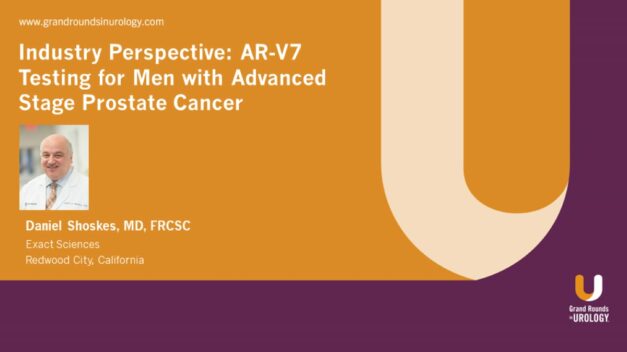Patients Come Second
Grand Rounds in Urology Contributing Editor Neil H. Baum, MD, Professor of Urology at Tulane Medical School, argues that the best way to make a medical practice more successful is to focus on improving the experience of the employees, putting their needs ahead of patients and finances. He explains that while the “knee-jerk reaction” to the erosion of a practice’s bottom line is to cut staff, equipment, resources, and investments, putting employees first actually leads to greater financial success, since happier employees will take better care of patients. In turn, these satisfied patients will leave positive reviews, driving new patients to the practice and increasing productivity and profitability. Dr. Baum gives several suggestions on how to put employees first, recommending that practice owners start by measuring employee engagement and employee satisfaction with surveys. He concludes by saying that practice owners should “forget employee of the month” and instead try to praise and compliment their employees every day.
Read More

